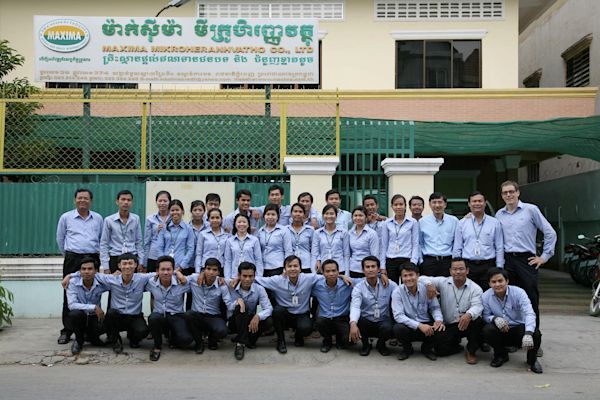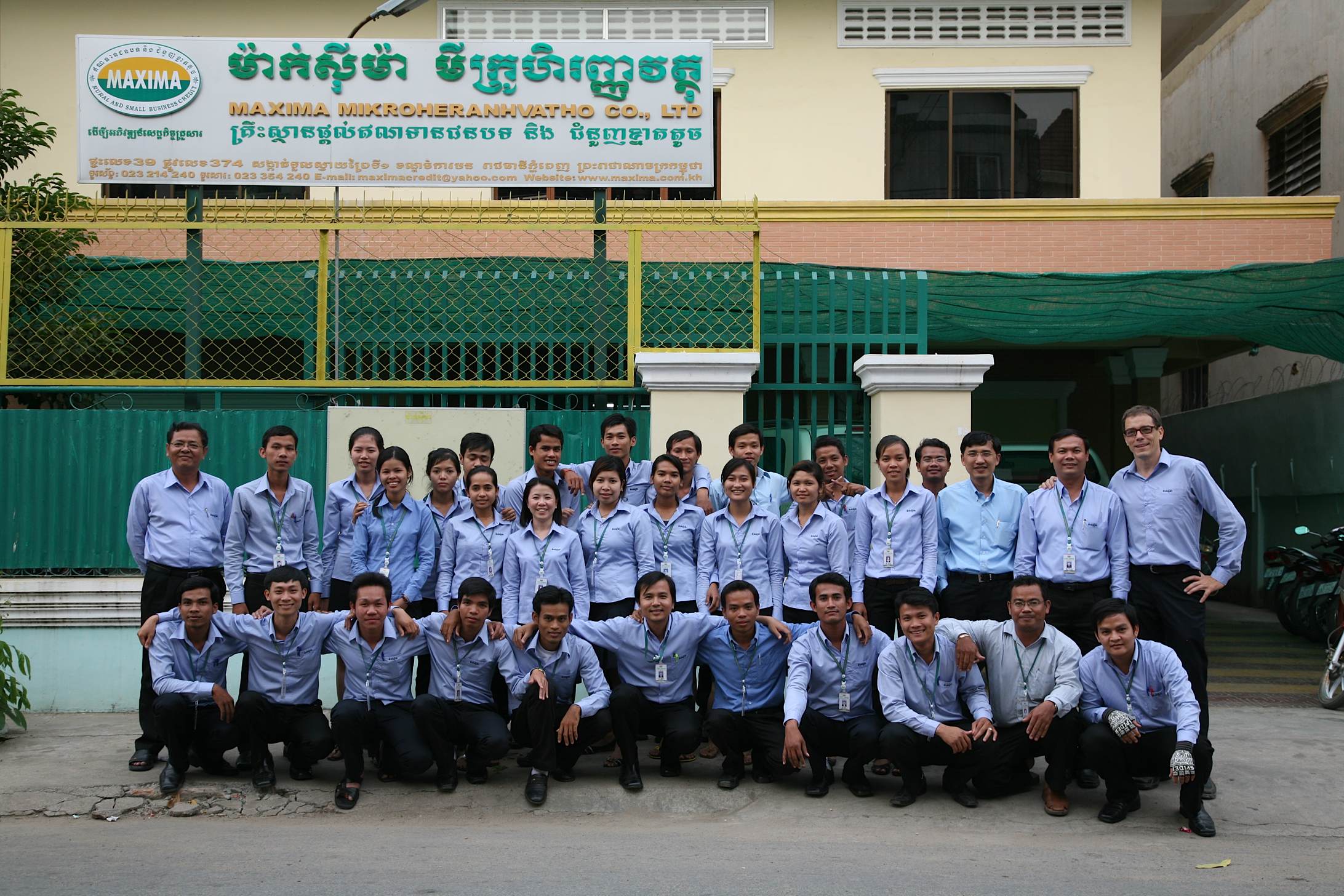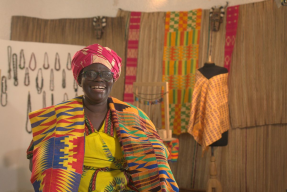Upending microcredit: Cambodians use Kiva to lend to U.S. borrowers
June 12, 2009
This Wednesday marked a watershed moment for Kiva.org: borrowers from the U.S. made a well-publicized debut on the person-to-person microlending website. It left no doubt that microcredit, seen by many as the province of the poor, had arrived to serve Americans in need.
The floodgates are open, and they sluice both ways.
Kiva’s launch of lending in the U.S. has impassioned many, including a group of people in Cambodia near and dear to me — the staff of Maxima Mikroheranvatho, a Kiva partner microfinance institution where I was a Kiva Fellow from October 2008 to February 2009.
As Kiva ambassador-in-the-trenches at Maxima, one of the things I’d tried to impress upon them was the satisfaction I get out of being a Kiva lender. So when my posting at Maxima ended earlier this year, I’d settled on the perfect gift to help them understand this: a Kiva gift certificate.
Over our farewell dinner in Phnom Penh, I pulled out a printout of the Kiva gift certificate page and presented it to the senior managers at Maxima. As they’re in the business of microlending, minor disbelief ensued. Kiva!? Who would they lend to? When I told them that Kiva was considering launching in the U.S., excitement erupted.
This week, the people at Maxima finally got to redeem their gift certificate. They chose to lend to Amato, a woman with a child care business who lives in Fremont, California that is an Opportunity Fund client. Bunhak An, Maxima’s deputy executive director, wrote me to explain how he felt about Maxima becoming a Kiva lender. A gently edited version of Bunhak’s email follows:
Dear John,
I would like to inform you that we like to lend on Kiva, as we know that Kiva is best and first website to initiate idea using technology to help the poor around the world (especially our Cambodians) to bring lender and borrowers together.
We think this is our opportunity to help people around world. Kiva’s mission is a journey, not the destination. Kiva is now helping American people, just as it as helped our Cambodian poor a lot via Maxima and other MFIs. Kiva was there before the economic crisis and still continues to help.
When we click lend, we feel proud to help people really need money for business. We chose to lend Amato, because she is a widowed mother of two, has always loved children and believes her mission in life is to help them. Women and children are the first priority in my mind, as well as clients that Maxima targets. We will continue to lend more as we have committed within our management and staff to have the art of contribution.
We pay thanks to Kiva and its founders, and encourage Kiva to continue its great mission to build a world without poverty.
Regards,
Bunhak An
It was a proud moment for all of us.
To me, Kiva’s decision to help facilitate lending to borrowers in the U.S. doesn’t mean that microfinance funding will dry up for people in places with the most acute need, or that Kiva will markedly shift its focus from the developing world. It’s just recognition of the fact that there’s need everywhere, even in the nation that boasts the largest economy on earth.
I’ll be keeping an eye on Maxima’s Kiva lender page to find out who they might loan to next.

Maxima staff and Kiva Fellow at the Phnom Penh head office, January 2009. Bunhak An is in the rear row, third from right.
John Briggs is a Kiva Fellow serving with the Kenya Agency for Development of Enterprise and Technology (KADET) (KF8). Before being posted in Kenya, he worked with Kiva field partners Ahon Sa Hirap, Inc. (ASHI) (KF7) in the Philippines and Maxima Mikroheranvatho (KF6) in Cambodia.
/>













